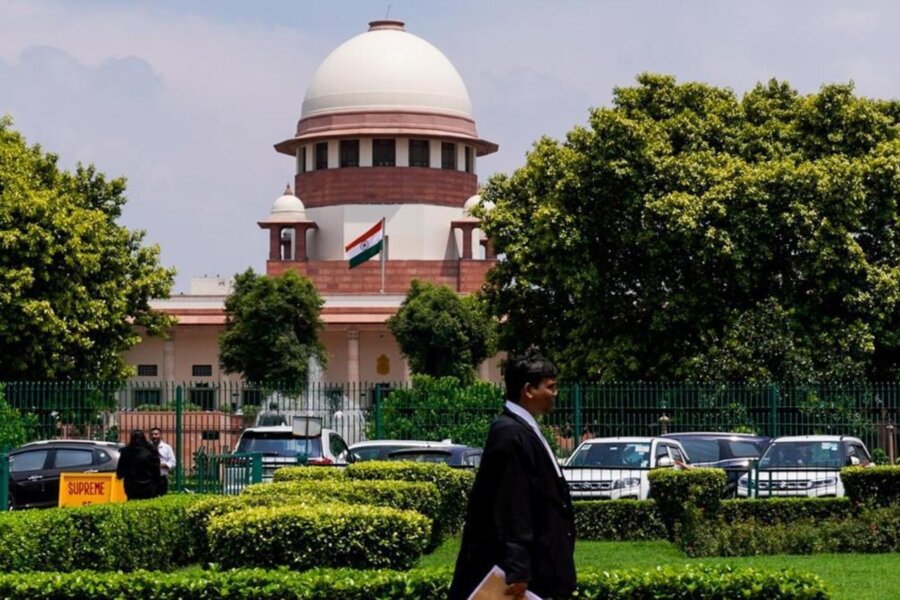Best Tax Increment Financing Lawyers in South Dakota
Share your needs with us, get contacted by law firms.
Free. Takes 2 min.
Or refine your search by selecting a city:
List of the best lawyers in South Dakota, United States
About Tax Increment Financing Law in South Dakota, United States
Tax Increment Financing, commonly known as TIF, is a development tool used by cities and other local government entities in South Dakota to encourage economic growth and development within designated districts. A TIF district allows a portion of property tax revenue increases that result from improvements in the district to be reinvested back into the area to fund public infrastructure and other development projects. TIF is designed to make certain developments financially feasible, especially in areas that may otherwise struggle to attract private investment. In South Dakota, TIF is governed primarily by state statutes, and projects must meet certain legal requirements to qualify for this unique financing mechanism.
Why You May Need a Lawyer
TIF projects involve complex interactions between local governments, developers, property owners, and sometimes community members. You may need legal advice on TIF in a number of situations, such as:
- Considering the creation, amendment, or dissolution of a TIF district
- Negotiating development agreements or contracts related to TIF funding
- Understanding tax implications for involved properties and business entities
- Representing your interests at public hearings or city commission meetings
- Ensuring compliance with state and local statutes, ordinances, and procedures
- Resolving disputes about how TIF funds are used, distributed, or accounted for
- Challenging or defending the legality of a TIF district or project
- Guiding nonprofits, school districts, or taxpayers affected by TIF decisions
A lawyer can provide strategic and technical guidance that is essential for protecting your interests throughout the TIF process.
Local Laws Overview
South Dakota's statutes related to Tax Increment Financing can be found mainly in South Dakota Codified Laws Chapter 11-9. Key aspects include:
- The governing body of a municipality may create TIF districts to finance public infrastructure improvements in support of economic development
- A detailed project plan must outline the proposed improvements, anticipated costs, project boundaries, and the increment financing method
- After a TIF district is established, the base value of property tax is set, and any increases in property tax revenue due to rising property values in the area are available for the TIF project for a specified period (often up to 20 years)
- Public hearings are required as part of the approval process, ensuring transparency and community participation
- The use of TIF funds is strictly regulated, typically limited to reimbursing eligible development costs like public infrastructure
- Special procedures may apply to TIF districts involving blighted areas or those that affect school district funding
- Reporting and accounting standards are in place to ensure that TIF projects remain transparent and funds are properly utilized
Frequently Asked Questions
What is a TIF district?
A TIF district is a designated geographic area where the local government uses future increases in property tax revenue to fund development or infrastructure projects within that area.
Who can propose a TIF district?
Typically, a city, municipality, or authorized local government entity may initiate a TIF district. In some cases, private developers or property owners may work with the government to propose a TIF.
What projects are eligible for TIF funding?
Commonly, TIF funds are used for public infrastructure improvements such as roads, utilities, sewer systems, sidewalks, and, in some cases, environmental remediation or certain private improvements that spur economic growth.
How long does a TIF district last?
In South Dakota, most TIF districts have a maximum duration of up to 20 years, though the actual period may vary based on the project plan and statute.
Do TIF districts raise property taxes?
No, TIF does not itself raise property tax rates. It redirects the increased tax revenue generated from higher property values within the district to fund development projects.
Can TIF districts affect schools and other taxing entities?
Yes, because property tax increment revenues that would otherwise go to schools or other entities are diverted to the TIF project. However, state law requires certain safeguards and notifications to affected parties.
Is community input required for TIF projects?
Public hearings are required before a TIF district can be created, allowing for community input and transparency in the decision-making process.
What are the risks of participating in a TIF?
Risks may include disputes over project eligibility, potential delays, legal challenges, or changes in property values that do not generate anticipated revenues. Proper legal guidance can help manage these risks.
Are there reporting or auditing requirements for TIF projects?
Yes, municipalities must meet reporting requirements to ensure transparency and proper use of TIF revenues, and periodic audits may be mandated.
How do I challenge or support a proposed TIF district?
You may participate in public hearings, submit written comments, consult with a lawyer, or take legal action if necessary based on the procedures set out in state and local law.
Additional Resources
For more information or assistance with Tax Increment Financing issues in South Dakota, consider contacting or consulting:
- South Dakota Department of Revenue
- Your local city or county finance or planning department
- South Dakota Municipal League
- South Dakota Codified Laws (especially Chapter 11-9)
- Local law libraries for statutes and case law regarding TIF districts
- Experienced real estate and municipal law attorneys in South Dakota
Next Steps
If you need legal assistance related to Tax Increment Financing in South Dakota, consider the following steps:
- Gather documents such as proposed TIF project plans, notices, meeting minutes, and correspondence with government entities
- List your questions and concerns so you can communicate them clearly to a legal professional
- Contact a lawyer experienced in municipal law, real estate law, or TIF matters in South Dakota
- Attend public meetings or hearings related to the TIF district and take notes
- Monitor deadlines for participation or challenges to TIF decisions
- Stay informed about changes in state laws or local ordinances that could impact your case
- Utilize additional resources and seek professional advice to ensure your interests are protected throughout the TIF process
Lawzana helps you find the best lawyers and law firms in South Dakota through a curated and pre-screened list of qualified legal professionals. Our platform offers rankings and detailed profiles of attorneys and law firms, allowing you to compare based on practice areas, including Tax Increment Financing, experience, and client feedback.
Each profile includes a description of the firm's areas of practice, client reviews, team members and partners, year of establishment, spoken languages, office locations, contact information, social media presence, and any published articles or resources. Most firms on our platform speak English and are experienced in both local and international legal matters.
Get a quote from top-rated law firms in South Dakota, United States — quickly, securely, and without unnecessary hassle.
Disclaimer:
The information provided on this page is for general informational purposes only and does not constitute legal advice. While we strive to ensure the accuracy and relevance of the content, legal information may change over time, and interpretations of the law can vary. You should always consult with a qualified legal professional for advice specific to your situation.
We disclaim all liability for actions taken or not taken based on the content of this page. If you believe any information is incorrect or outdated, please contact us, and we will review and update it where appropriate.
Browse tax increment financing law firms by city in South Dakota
Refine your search by selecting a city.








